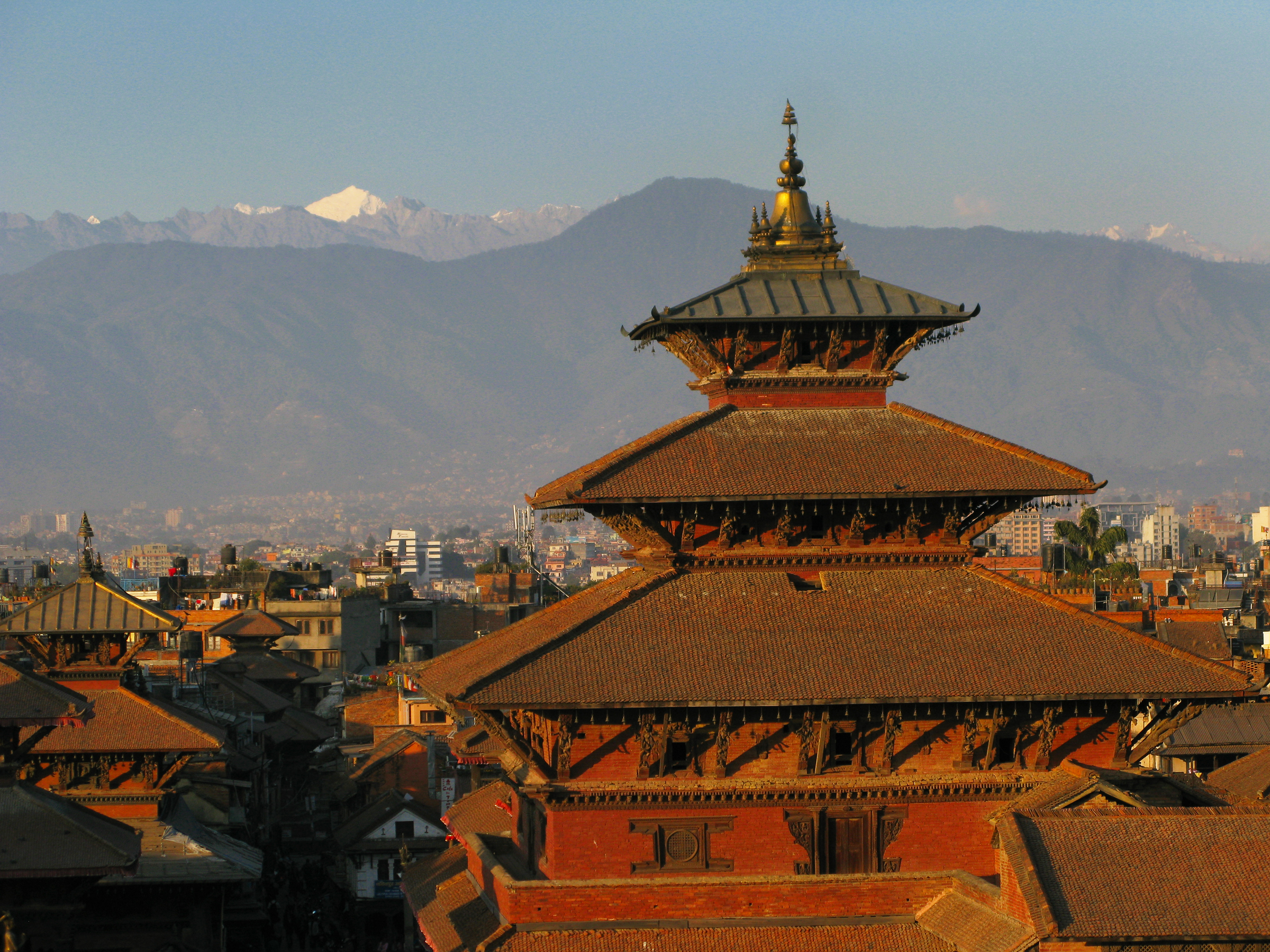
Patan Durbar Square
One of the three medieval kingdoms in Kathmandu, Patan [also known by the ancient name of ‘Lalitpur’ is known as the ‘City of Artisans’. Patan Durbar Square, which houses a 16th century palace, temples and monasteries from the Malla era has been, designated a protected UNESCO World Heritage Site. The intricate wooden carvings and design of the monuments and shrines dotting the palace square speaks volumes of the artistry and skill of the artisans in the Malla era. The square is full of ancient laces, temples and shrines noted for their exquisite carvings. The former royal palace is the centre of Patan’s religious and social life and houses a museum containing an array of bronze statues and religious objects.
There are three main courtyards or Chowks, so named Mul Chowk, Sundari Chowk and Keshav Narayn Chowk in the square. The Sundari Chowk holds its centre master piece of stone architecture, the Royal Bath called “Tushahity”.
Some of the attractions that are must see in Patan Durbar Square are:
Krishna Mandir:
The temple is entirely built with stone and does not contain wood or bronze for any kind of support. It is also said that the entire temple was built with one stone alone. The temple is a Hindu shrine so entrance to non-Hindus are not given, however, the glimpse from the courtyard itself gives a pleasant picture of the temple and what it holds inside.
Golden Temple
Often known as Hiranya Varna Mahabihar by the locals Golden temple has gained its name from the Golden pagoda style building of its own. Built by King Bhaskar Verma in 12th century this temple is dedicated to Lord Buddha and has large picture of Lord Budhha and prayer wheels.
Golden Window
This was specially built for King Siddhi Narasingha Malla. His devotion to Lord Krishna as well as the Buddhist God of compassion Karunamaya Lokeshwar is a famous episode in Nepalese history of religion.


